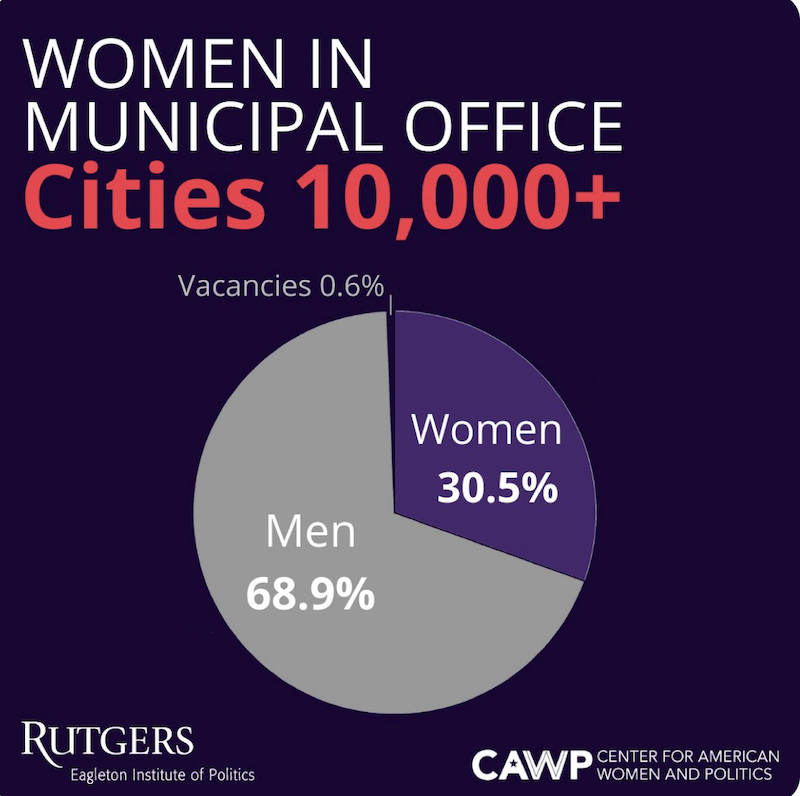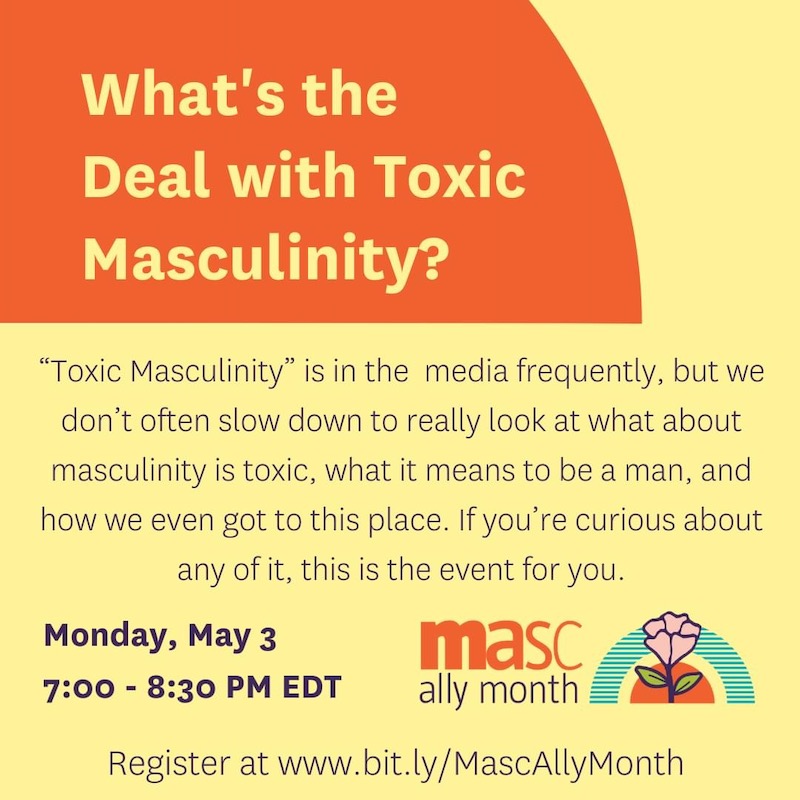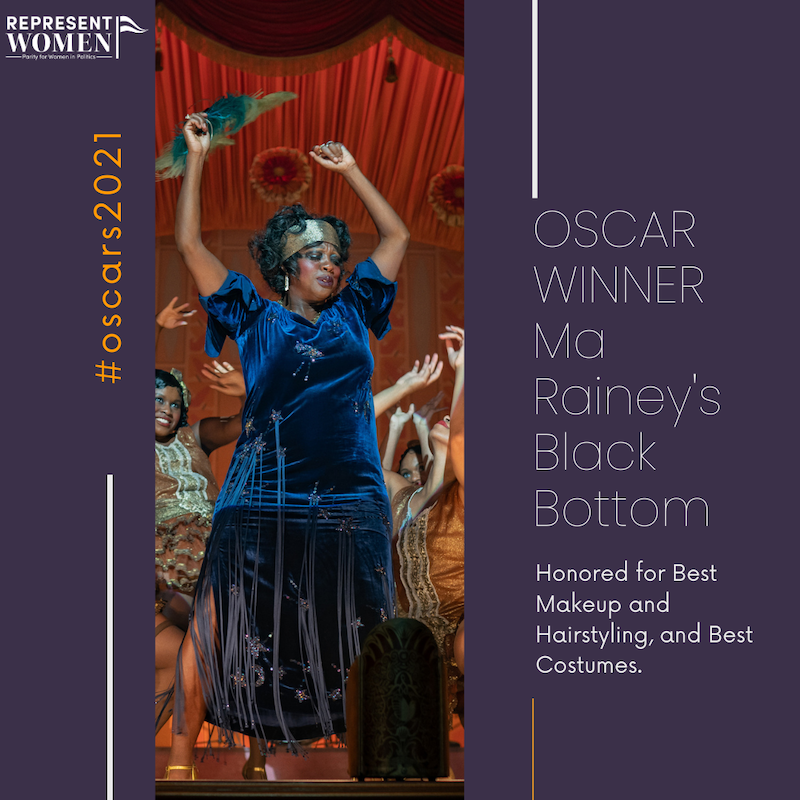
For the first time in our nation’s history two women stood on the dais in the Capitol last night as leaders in the executive and legislative branches of government as this story in USA Today reports:
For the first time in history, two women sat behind a president during an address to a joint session of Congress.
The historic image during Joe Biden’s speech Wednesday is 245 years in the making since the nation’s founding.
“Madam Speaker, Madam Vice President,” Biden said as he took the podium. “No president has ever said those words from this podium and it’s about time.”
For the first time, both of those positions are now held by women: Vice President Kamala Harris and House Speaker Nancy Pelosi.
American presidents are flanked by the speaker of the House and the vice president during such high-profile speeches, each sitting behind and on either side of the commander in chief during the prime time address.
Washington Post columnist Christine Emba wrote this commentary on the historic milestone:
So, their presence on the dais was inspiring. Yet it also feels darkly symbolic that the story of female political progress has culminated (so far) in the image of two accomplished, top-of-their-game women standing behind a collegial White man, your archetypal average Joe.
That’s not a knock on Biden — it’s just a fact. We all know Biden became the 2020 Democratic nominee, outlasting more than two dozen other major candidates (including his vice president), in large part because his Whiteness and maleness made him a plausible contender against Trump. Among other perceived virtues, he was the sort of candidate to whom the sexist and racist attacks leveraged against other Democratic candidates wouldn’t stick. This is also a good part of the reason his first 100 days have been comparatively successful, and why his joint address is unlikely to raise real ire from conservatives, despite his laying out remarkably progressive policy plans.
From the 2020 primary up until today, polling has borne out the truth of how Biden’s benign White-maleness helps buttress his appeal. On Tuesday, an NBC poll found that Americans see Biden as more moderate than they saw President Barack Obama at the 100-day mark, despite Biden’s passing a stimulus bill approximately 2.5 times bigger than Obama’s. (Voters similarly saw Biden as more moderate than Clinton.) Biden’s approval ratings hover comfortably in the mid-50s, while Pelosi’s unfavorability numbers surpass her positives by double digits.
Republicans’ attacks on Biden were often really directed at the women and people of color nearby — the fear that he would turn over governance to the “harpies” Kamala and Nancy, that he would be unmanned, an empty husk controlled by wicked witches. So this week we can rejoice that Pelosi and Harris were on the dais, while realizing that Biden got to be the address-giver because he was not them: not “nasty,” not “crazy,” not “angry,” not seen as radical or controversial because of his gender or race.
Women held up Biden from the beginning of his campaign through his 100th day as president, and they will most likely do so beyond. His wife, Jill, literally tackled interlopers who rushed him onstage during the electoral season. Harris went from being a primary-season antagonist to his friendly second-in-command, lending him feminist credibility and boatloads of fundraising dollars. And Pelosi deftly held the fractious Democratic caucus together, deflecting fire from Biden to allow him to present himself as the candidate of peace — and, once his term began, to pass a historic stimulus on a party-line vote.
And yet, for their troubles, there the women stood in their nonthreatening pastels: cheering Joe on from the back, masked and silent while he spoke.
It’s easier for America to support women who are supporting a man, it seems, than it is for America to support women, period. What the joint address underscored is that women are inching closer to the seat of ultimate power — but they still don’t get to sit in it.

The Center for American Women and Politics released data this week on women’s representation in incorporated cities and towns with populations over 10,000 which, as the press release states, should puncture the myth that women are well-represented in municipal government, a finding that the RepresentWomen team explored in our Gender Parity Index series. This new data should also serve as a wake up call that current strategies that prepare individual women for office—that are prevalent in the United States but not in countries ranked higher for women’s representation—are insufficient to win gender parity in our lifetimes.
For the first time, the Center for American Women and Politics (CAWP), a unit of the Eagleton Institute of Politics at Rutgers University, has collected nationwide data on women’s representation at the municipal level.
This data, drawing on KnowWho Data Services information on incorporated cities and towns with populations over 10,000, per the U.S. Census, punctures a long-held myth that women are more abundantly represented in local politics than their share of seats in state and federal offices.
In reality, women’s representation in municipal office – mayoral offices and city councils or similar bodies – is analogous to their representation at other levels: women hold less than one-third of seats in municipal governments nationwide. Women currently hold 30.5% of municipal offices in the country, while they hold 30.9% of seats in state legislatures and 26.5% of seats in the U.S. Congress.
“It has been a long-standing aim of ours to be able to take a deeper look at the data on women in local office,” said CAWP Director Debbie Walsh. “This data already fundamentally shifts our understanding of women’s political representation in America. There isn’t some magical level of office where women have equitable representation. They’re under-represented at similar rates at every level.”
“The past year has shown us just how important local government is to our daily lives,” Walsh continued. “The ongoing COVID disaster and the law enforcement and racial justice crisis, as well as the current national debate on infrastructure investment, remind us of the imperative of having local governments that are truly representative of all voices in their communities.”
In addition to the nationwide rate of municipal representation, CAWP’s new data collection also shows how women fare in each state and allows for rankings by state on these metrics. The top three states for women’s representation in municipal office are Hawaii (50%), Alaska (46%), and Colorado (44.4%). Importantly, the number of incorporated municipalities with populations over 10,000 (according to the U.S. Census) varies significantly by state. The representational count for Hawaii, notably, is based on just one incorporated city that meets these criteria: Honolulu, Hawaii. The bottom three states, meanwhile, are Indiana (20.9%), Mississippi (19%), and Nebraska (17.7%).
These state breakdowns also allow for interesting comparisons between CAWP data on municipal and state legislative offices. In Nevada, currently the top state for women’s representation in state legislatures, with 60.3% of its legislative seats held by women, women hold just 42.6% of seats in municipal government. Meanwhile, the bottom-ranked state for women’s state legislative representation is West Virginia, where women hold 11.9% of seats, but women in West Virginia hold a significantly higher proportion of municipal government seats, with 24.1% of such offices held by women. Some states are remarkably consistent across these levels. Colorado ranks second for women in state legislatures (46%) and third for women in municipal office (44.4%), while Mississippi ranks 48th for women in state legislatures (16.1%) and 49th for women in municipal offices (19%).
@Amelia4Utah made history on Sat., April 24th when she accepted a role as the first female County Commissioner of Utah Valley.
— Utah Valley Chamber (@uvchamber) April 27, 2021
We look forward to celebrating more female leadership, like Amelia, throughout the year! View our Women’s Business Network: https://t.co/ve6UygsP58 pic.twitter.com/TnCoBWJs6X
Big changes are afoot in municipal government in Utah where a number of additional cities will be using ranked-choice voting this year and, according to this story on KSL News Radio, ranked choice voting was used to elect Amelia Powers Gardner to the Utah County Commission. She will be the first woman to serve on the commission:
Members of the Utah County Republican Party Central Committee have elected Amelia Powers Gardner to fill a seat on the Utah County Commission.
In a statement, a Gardner spokesman said that Amelia Powers is poised to become the first female county commissioner in Utah County history.
Pending official action on the part of the Utah County board of commissioners, Amelia Powers is poised to become the first female county commissioner in Utah County history.
Gardner previously served as the Utah County Clerk/Auditor.
Gardner won with 55% of the delegate votes (204 out of 373) reported the Daily Herald. The final vote came after several rounds of ranked-choice voting.

Former RepresentWomen intern, McKayla Wenner, had a great piece in Ms. about the multi-winner form of ranked choice voting that is used in a number of countries and several U.S. cities. Representative Don Beyer is slated to introduce the Fair Representation Act that combines multi-winner ranked-choice voting with independent redistricting commissions to ensure that more people of color can elect candidates of choice and more women get elected to Congress—stay tuned for more on Beyer’s bill, HR4000:
While fair representation voting may seem novel, the system is far from new: Multi-seat districts and ranked-choice voting has a long and successful history in the United States.
In terms of district size, Article 1, Section 2 of the Constitution only specifies that members of the House of Representatives shall be apportioned according to the population of each state; it does not specify how representatives will be apportioned, though. As a result, the majority of the original 13 states adopted multi-seat districts for the first congressional elections. Before 1842, 31 percent of House members were elected in multi-seat districts.
As new states joined the union, Congress passed several reapportionment acts modifying district design. While the 1842 Apportionment Act required that congressional districts be single-member districts, several states resisted the change and continued to use multi-seat districts until the 1967 Uniform Congressional District Act enforced the single-member district mandate. State legislatures, however, could continue using multi-seat districts, and the majority did so in at least one chamber throughout the 1960s.
Now, only 10 states use multi-seat districts in their state legislatures, and a mere two out of 10 use them to elect both houses of their legislature.
A considerable factor in the decline of multi-seat districts was the perception that they prevented Black candidates from being elected. Studies that suggested this, however, relied on data from the 19th and mid-20th centuries, and did not account for confounding factors, such as election laws and discriminatory party rules, that were deliberately designed to prevent the election of Black candidates. Recent research has shown that candidates of color, especially women, are in fact more likely to run and win in multi-winner districts, and that their chances of success are even higher in a district that also uses ranked-choice voting.
Like multi-seat districts, ranked-choice voting is also deeply ingrained in U.S. electoral politics. It first emerged in 1912 in Ohio as a part of a reform effort to fight the disproportionate power enjoyed by party bosses and political machines. Between 1915 and 1935, five Ohio cities adopted legislation to elect their city councils with multi-seat ranked-choice voting. Under this system, Cincinnati, Hamilton and Toledo elected their first Black representatives, and in Cincinnati, where no woman had previously been elected, eight women won city council seats during the first five ranked-choice elections.
Shortly thereafter, ranked-choice voting began to spread across the United States. New York City and Cambridge both adopted multi-seat ranked-choice voting, which led to the election of a greater number of women and minority candidates—just like it had in Ohio. In New York City, for example, the move to multi-seat ranked-choice voting led to the election of Adam Clayton Powell Jr., the city’s first Black councilman, and Genevieve Beavers Earle, the city’s first woman councilperson.
The success of ranked-choice voting in electing more representative legislatures, however, eventually led to its repeal. Party bosses and business interests feared the growing political power of women and people of color and began to spread anxiety about race among the voters. In Ohio, ranked-choice voting was repealed after multiple ballot initiatives by 1957, and in New York City, it was repealed in 1945. By 1962, only Cambridge continued to use the fair representation system. It would take nearly 40 years for another jurisdiction to adopt multi-seat ranked-choice voting.
Not only has ranked-choice voting received support from U.S. municipalities and reformers for decades, but other countries and private institutions also endorse the system. Ireland and Malta all use multi-seat ranked-choice voting to elect their national legislatures; Australia uses it to elect their upper house; and Nepal, New Zealand and the United Kingdom also use this system in some local level elections. In addition, since 2009 ranked-choice voting has been used to decide all Oscar winners.
A combination of fair voting systems and gender quotas are helping to fuel advances for women’s political equality in Lithuania and Serbia which are closing the gender gap at an impressive rate according to this article in Emerging Europe:
Lithuania is the only country from Central and Eastern Europe and Central Asia to feature in the top 10 positions of the Global Gender Gap Index, published by the World Economic Forum (WEF).
The index benchmarks the evolution of gender-based gaps among four key dimensions (economic participation and opportunity, educational attainment, health and survival, and political empowerment) and tracks progress towards closing these gaps over time.
This year, the Global Gender Gap Index benchmarks 156 countries, providing a tool for cross-country comparison and to prioritise the most effective policies needed to close gender gaps.
The methodology of the index has remained stable since its original conception in 2006, providing a basis for robust cross-country and time-series analysis. The index measures scores on a zero to 100 scale and scores can be interpreted as the distance to parity (the percentage of the gender gap that has been closed).
In general, this year’s report finds that the Covid-19 pandemic has pushed back gender parity by a global average of 36 years, meaning that another generation of women will have to wait for gender parity.
At the current relative pace, in Central and Eastern Europe and Central Asia, gender gaps can potentially be closed in 134.7 years, compared to 52.1 years in Western Europe.
However, some countries out perform the region’s poor average.
The region’s best performer, Lithuania, has made significant improvements over last year, with the Baltic country jumping 25 spots on the index to join the ranks of those countries that have closed at least 80 per cent of the gender gap.
The Westmeath Independent reports that members of a citizen’s assembly in Ireland have recommended that a 40 percent gender quota be set to increase women’s representation in local, national and European parliamentary elections next year:
One of the recent recommendations from the Citizens’ Assembly would see 40% gender quotas being introduced for party candidates in local, Seanad and European elections by the end of next year.
If enacted by Government, the recommendation could bring about a significant change to the make-up of local authorities in the Midlands and elsewhere.
In Westmeath, for example, just four of the twenty county councillors – 20% – are female.
Of these, three are in the Mullingar Kinnegad Municipal District, while Green Party councillor Louise Heavin is the only female representative among the nine members of the Athlone Moate Municipal District.
In Roscommon, incoming Independent councillor Emer Kelly from Ballyforan will be the fourth woman on the 18-member local authority.
In Offaly, meanwhile, Cllr Clare Claffey, a Social Democrat from Banagher, is the only female among the 19 councillors in the county.
The Citizens’ Assembly last week made 45 recommendations on issues around gender equality, including the deletion of the ‘woman in the home’ section of the Constitution and its replacement with language that is not gender specific.
On politics, one of its recommendations is for the extension of gender quotas for party candidates to local, Seanad and European Elections by the end of 2022, as well as an increase in penalties for parties that don’t meet the quota, and an increase in the threshold from 30% to 40% for both women and men.
It also recommended the introduction of maternity leave for all politicians and called for funding to public bodies being made contingent on reaching a 40% gender balance quota by 2025.
The recommendations were welcomed by the CEO of the Women For Election organisation, Caitríona Gleeson.
Ms Gleeson said it was great news that, after extensive deliberations, the members of the Citizens Assembly had voted by large majorities to adopt Women for Election’s earlier submission to the assembly to introduce “long overdue” maternity leave as well as the extension of gender quotas in elections.
“It is very important that the issues of maternity leave, gender quotas and penalties for parties not meeting the quotas have been recommended,” she said.
“However, it is also important that these long overdue measures are introduced without further delay as the glacial pace of change to date means there are only 16 more women in the Dáil in 2021 than there were in 1992.
“We hope that the recommendation to establish a statutory gender equality body will expedite the implementation of the changes needed.
“It is simply astonishing that we do not have maternity leave for politicians. It is also an international embarrassment that Ireland ranks 101st in the world with so few women elected to local and national government,” she said.

Good news from Variety that reports that “53% of Snapchat original shows have BIPOC, LGBTQ hosts or leads”:
Snap released its second annual diversity report — overall, showing marginal change in the makeup of its leadership ranks in 2020 compared with the year before, with the company remaining largely white and male.
But the company is touting one breakout metric: At least 53% of Snap Originals series included leads or hosts who are Black, Indigenous, and people of color (BIPOC) and/or LGBTQ+ talent. According to Snap, that tally doesn’t count shows with talent in supporting roles or in shows with rotating casts.
In 2021, Snap’s goal with its original content slate is to meet or exceed that diversity threshold, said Vanessa Guthrie, head of Snap Originals. “We’ve paid close attention to representation, to continue to expand content that is more inclusive of the Snapchat community,” she said.

I just learned that May is Masc Ally Month—a partnership in Philadelphia between the Lutheran Settlement House and the Gender Justice Fund (that my son Lucas Richie has been a part of) designed to “equip men and masculine-identified individuals to become allies for gender justice.” I think the Gender Justice Fund is doing amazing work and could use your support—financial or otherwise!
Congratulations to this year’s Oscar-winning women:





I just finished rewatching Danish political drama series Borgen with my husband, which was incredibly satisfying. In my dream world, we could all assemble at some lovely getaway and watch the show together and discuss the ins and outs of women’s leadership—but until we are able to make that happen, I would love to know what you think of the show!

The flowers in my garden are abundant and it’s lovely to have mint again to use as a garnish for lemon tarts like this!

That’s all for this week,
Cynthia
Up next:






